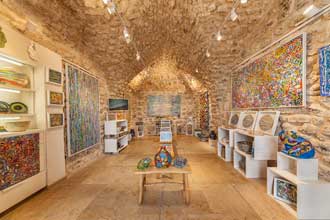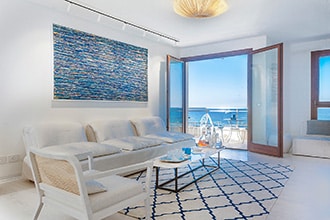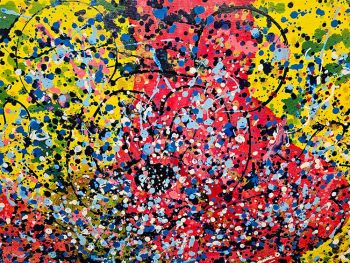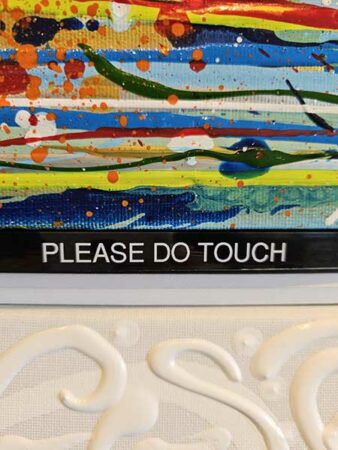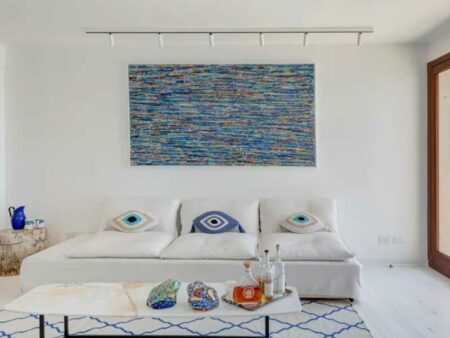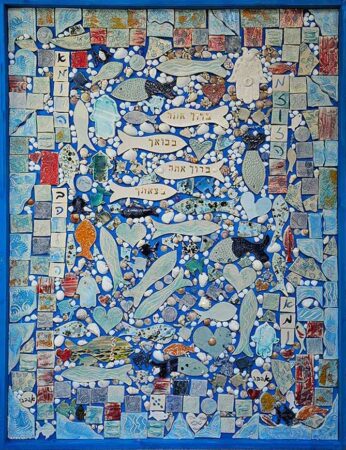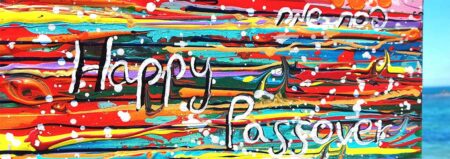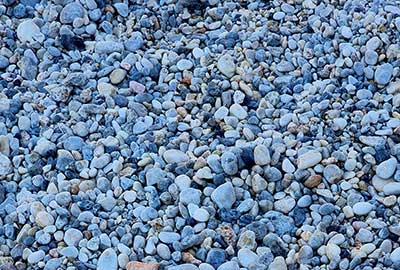Why did the color yellow become the color of the struggle for the return of the kidnapped?
Recently we have opened the gallery in the port of Jaffa in front of the sea and we have been greeting visitors and tourists who are starting to arrive. But the heart is in Gaza, until the abductees return, and the soldiers come home, it is very difficult to return to normal.
I must say thank you to all my customers from Israel and all over the world who understand the situation and have been supporting Israeli art,
Thanks to you, we are bringing the gallery back to activity.
This post is intended to send a lot of love and strength to the families of the abductees,
And in this context the question that is asked is why did the color yellow become the color of the struggle for the return of the abductees?
Each protest uses a sign that unifies it with its supporters. The families of the abductees chose the color yellow for the cause, seen in the yellow ribbons across the country, yellow chairs around the representative of the long table that is displayed in the square of the abductees in the Tel Aviv Museum and more. The color yellow has many meanings – it is the bright, happy, warm and optimistic color of the sunlight and sunflowers, but also a color that is used to warn us of danger, like a sign that warns of dangerous or ominous substances.
It is important to know that the color yellow has a long history in the context of war, it all started in the US Civil War. The color of the cavalry of the Northern Army was yellow, and the women who remained in the rear wore yellow handkerchiefs and scarves to symbolize their loyalty to the loved one who is far away. After the victory of the Northern Army, this custom remained in American culture and symbolized identification with prisoners and fighters as a kind of prayer for their safe return.
In World War II, the famous song on the yellow badge was written by the Andrews Sisters, who were the most successful vocal female band in the United States during World War II and in the years after.
“She wore a yellow ribbon”.
“On her neck she wears a yellow ribbon
She wears it in winter as well as summer.
If you ask why the decoration?
She will answer that it is her distant love.”
Round her neck she wore a yellow ribbon
She wore it in the winter
And the merry month of May
When I asked her: Why the yellow ribbon?
She said: It’s for my lover who is far far away
The song became the title of a Western film by that name, and then it became a hit in 1973 – “Tie a Yellow Ribbon Round the Ole Oak Tree”. The yellow ribbon reappeared to commemorate the American prisoners of war in Vietnam.
In the 1990s, it was the women of the “four mothers” movement who fought for the exit from Lebanon with yellow signs. The “Mothers Against the Occupation” movement that was born in the early 2000s and called for the withdrawal of soldiers from the territories also used the color yellow. Yellow ribbons were also distributed at intersections by the headquarters of the struggle for the return of Gilad Shalit, and about two years ago it was Simcha Goldin, the father of the late soldier Hadar Goldin, who called for a yellow ribbon to be added to the Israeli flag for Israel’s Independence Day.
Yellow is the most prominent color in the spectrum, the one that the human eye processes first – before any other hue. Even in our peripheral vision, we are twice as likely to detect yellow than another color such as red. Its strong visibility has made it an indispensable tool in designing safety and security systems. Sensitive and important vehicles such as school buses and ambulances are often painted in yellow. It is also used in signs that require special attention (when combined with black to make it more prominent) such as warning sign of hazardous materials, police security tape to demarcate crime scenes, a vest that must be kept in the car, and also the “yellow vest” protest movement in France (les gilets jaunes”) that uses this vest to achieve high visibility.
I hope that soon, we will be able to experience the yellow color in its more relaxing qualities and not as a symbol of struggle.
I hope for the sun to rise and for calm days to come soon.
Iris Eshet Cohen Gallery
Writer: Iris Eshet Cohen.
Photographs: Iris Eshet Cohen.

Share:
Feel free to read
Feel free to read
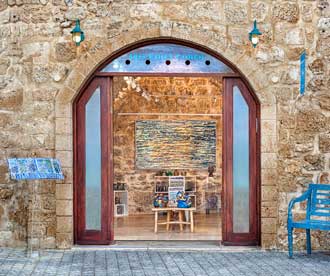
Iris Eshet Cohen Gallery
www.iris-art.co.il
3 Ratzif Haaliya Haaliya Hashniya st Tlv Jaffa Port
